Installing Sod: Instructions On How To Lay Sod
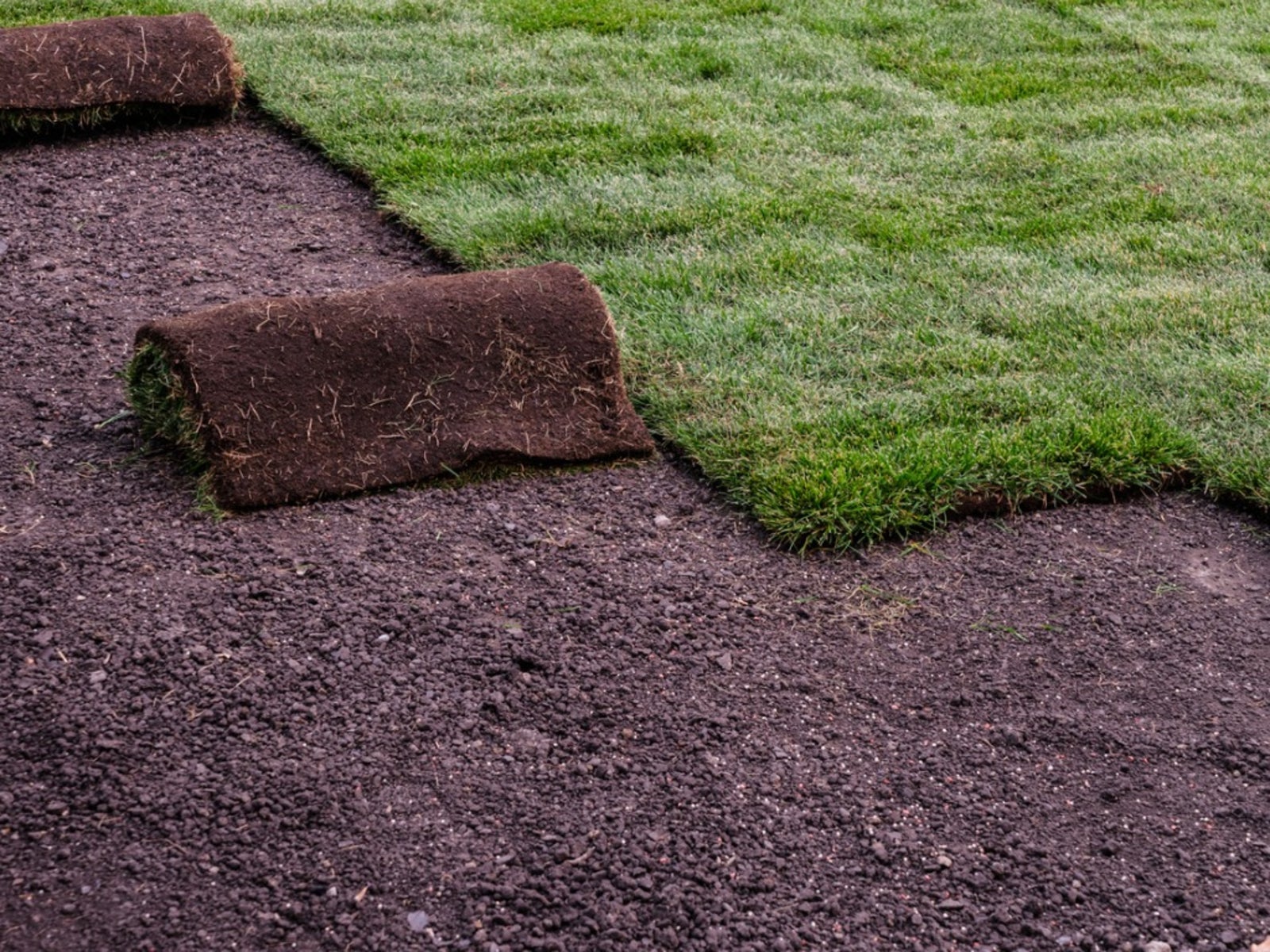

Installing sod is a popular way to establish a new lawn. When installed properly and following proper sod laying instructions, this type of lawn can enhance the home, adding beauty the surrounding landscape. Laying sod can be done nearly anytime; however, it is usually better when installed in spring or fall. Read on to learn more about how to lay sod.
How Much Does Sod Cost?
One of the biggest questions when thinking about installing sod is "How much does sod cost?" While this usually depends on the type of grass and how much is needed, it typically costs anywhere from 7 to 35 cents a square foot (0.1 sq. m.), in addition to installation fees. Laying sod is time consuming, taking hours to install; therefore, professionally installed lawns can cost between $300 and $1,000 or more. This in comparison to the cost for seed, which is generally less than 4 cents a square foot (0.1 sq. m.), makes installing sod much more expensive. For this reason, you'll want to make certain it's done right or at least do it yourself.
Choosing Sod
While thin sod is said to root faster, it generally requires more frequent watering. So, try to choose sod that is at least an inch (2.5 cm.) or so thick and make sure it's also similar to your soil type and site conditions. Most sod varieties thrive in sunny locations; there are, however, a few types that will tolerate shade. For this reason, you should do your homework beforehand to find the type that works best in your area.
How to Lay Sod
Prior to laying sod, you should prep the site. Although the existing soil is unusually suitable for sod, you may want to go ahead and amend the soil with organic matter to improve its quality and rooting success. You'll also need about 4 to 6 inches (10-15 cm.) of loose topsoil. Make sure the area is free of rocks and other debris and rough grade the site to ensure adequate drainage. If you're unable to install the sod right away, place it in a shady location and keep it somewhat moist. Never allow the sod to dry out, as it will die quickly. Lay strips of sod on the prepared site, edge to edge but with staggered joints in a brick-like pattern. On slopes, start at the bottom and run perpendicular. Staple the sod in place with biodegradable sod staples, which will eventually break down into the soil. Once the sod is down, lightly roll it to remove air pockets, and then water it thoroughly. A starter fertilizer may be applied to encourage root development, if desired, though this is not required. Try to keep off the newly installed sod until it becomes well established, usually within a couple weeks to a month.
Care for New Sod Lawns
The most important part of proper care for new sod is irrigation, especially in warm weather. Generally, new sod needs to be watered every two to three days. Give it a thorough soaking, about an inch (2.5 cm.) or so deep. Check for root development periodically to make sure that rooting is taking place. Once it has taken hold, you can begin to gradually decrease the amount of watering.
Gardening tips, videos, info and more delivered right to your inbox!
Sign up for the Gardening Know How newsletter today and receive a free copy of our e-book "How to Grow Delicious Tomatoes".

Nikki Tilley has been gardening for nearly three decades. The former Senior Editor and Archivist of Gardening Know How, Nikki has also authored six gardening books.
-
 Looking For Plants To Give You The Soft And Fuzzies? Try These 5 Fuzzy Leaf Plant Options
Looking For Plants To Give You The Soft And Fuzzies? Try These 5 Fuzzy Leaf Plant OptionsLovers of texture, drama, silver foliage and tactile plants will adore these special sensory garden additions. These fuzzy leaf plant options will leave you all aglow
By Susan Albert
-
 Get Ready For A Summer Of Hummers! Grow These Full Sun Hummingbird Plants and Flowers
Get Ready For A Summer Of Hummers! Grow These Full Sun Hummingbird Plants and FlowersIf you’re lucky enough to enjoy a sunny backyard, make sure you are maxing out on your pollinator opportunities and grow these full sun hummingbird plants and flowers
By Tonya Barnett
-
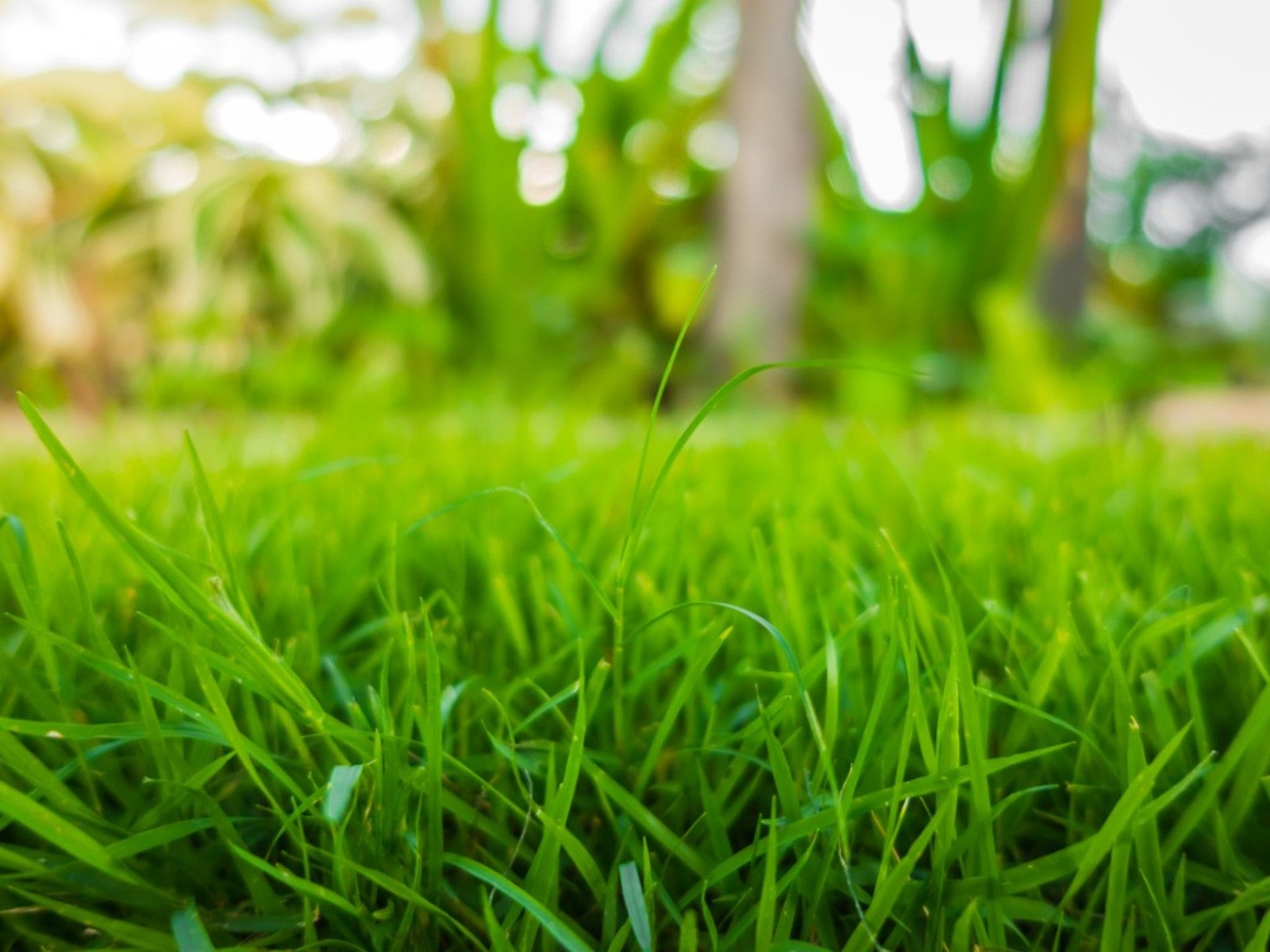 Sustainable Turf Species For A Greener Lawn
Sustainable Turf Species For A Greener LawnClick here for some of the most sustainable types of turf grass you can grow for an eco-friendly lawn.
By Bonnie L. Grant
-
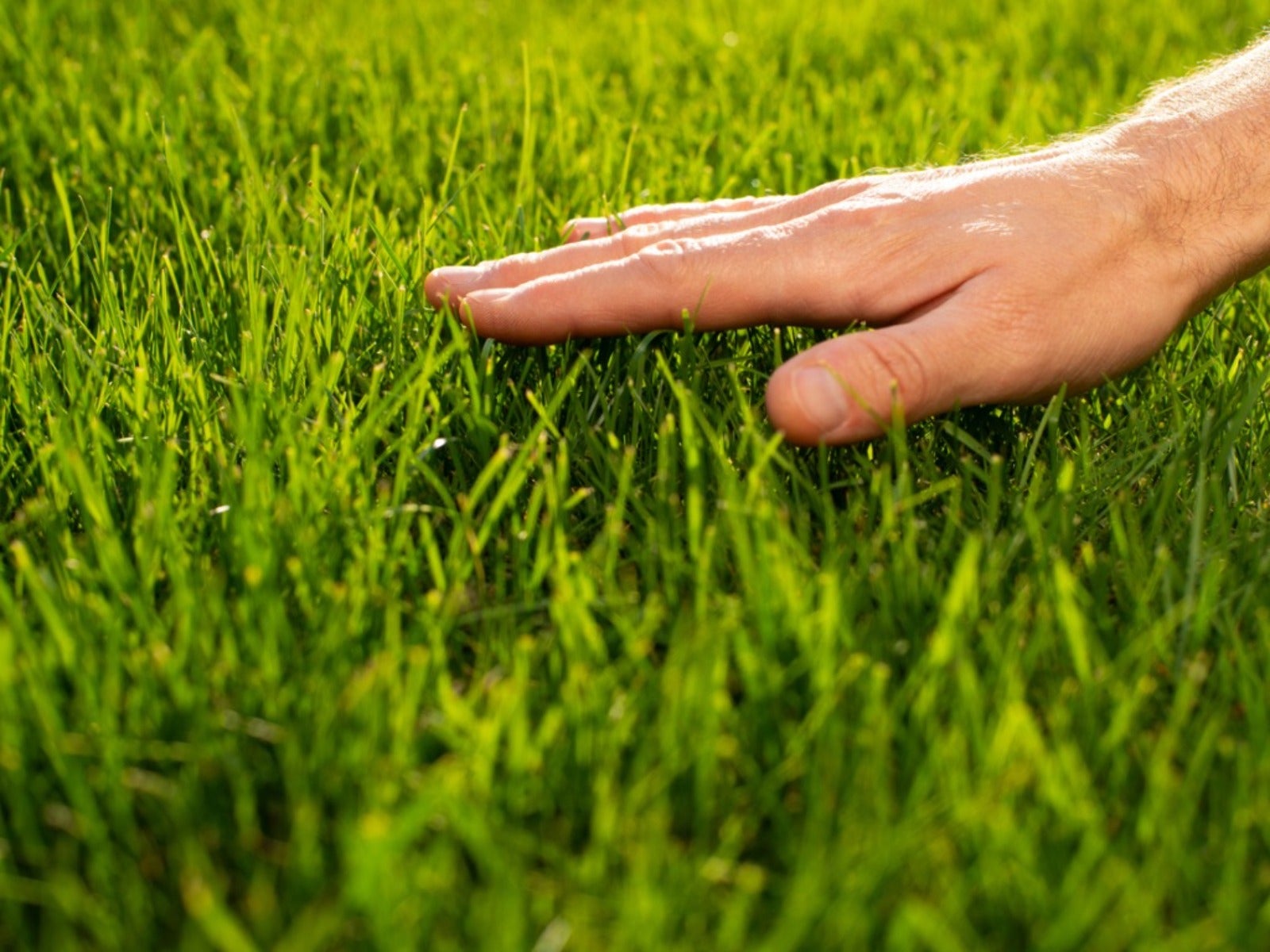 How To Grow A Sustainable Lawn
How To Grow A Sustainable LawnAdjust your thinking about a perfect green lawn and consider more sustainable methods. Click here to learn how.
By Mary Ellen Ellis
-
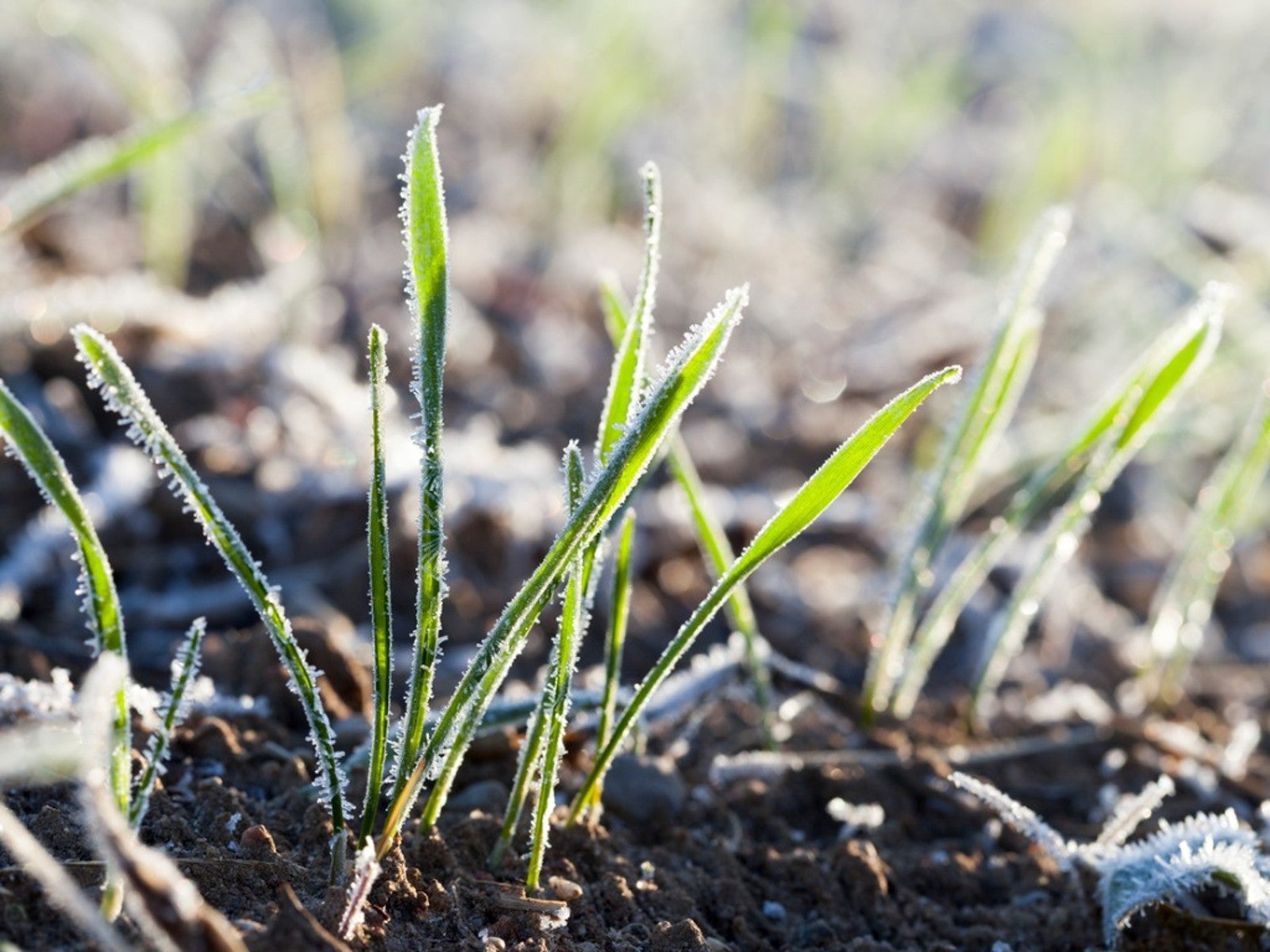 Will Frost Kill Grass Seed And How To Help New Turf Survive
Will Frost Kill Grass Seed And How To Help New Turf SurviveLearn how to help your newly sown grass survive frost and freezing weather.
By Amy Grant
-
 Lawn Problems That Aren’t Really Problems
Lawn Problems That Aren’t Really ProblemsYour lawn may not require as much work as you think. Learn which common problems aren’t really problems.
By Teo Spengler
-
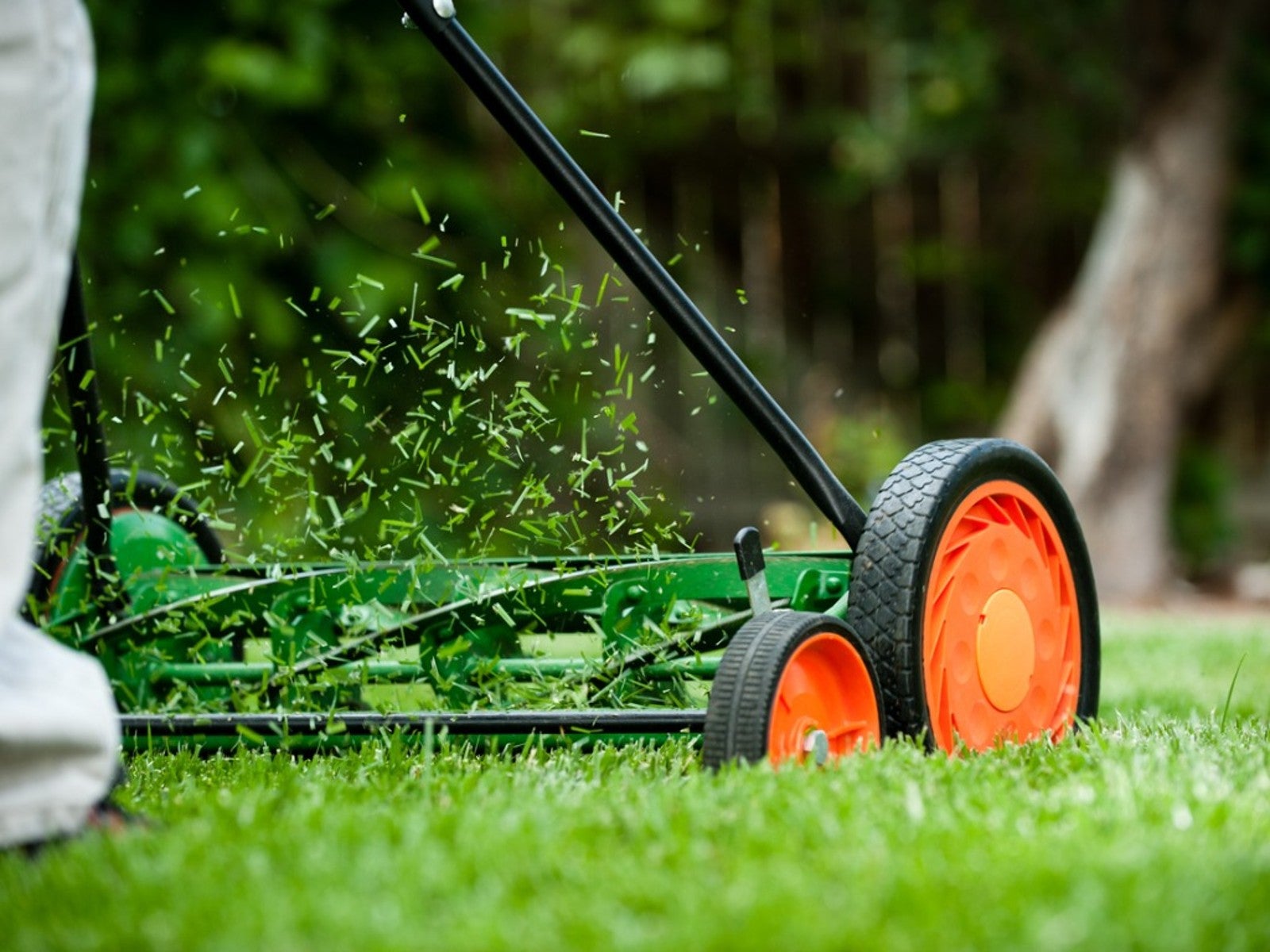 Why A Manual Push Mower Is Good For You And The Environment
Why A Manual Push Mower Is Good For You And The EnvironmentReel mowers are making a comeback, but why? Click here to learn about reel mower pros and cons.
By Amy Grant
-
 Fertilize Grass In Fall For A Lush Lawn In Spring
Fertilize Grass In Fall For A Lush Lawn In SpringFor everything you need to know about fertilizing your lawn in the fall, click here.
By Susan Albert
-
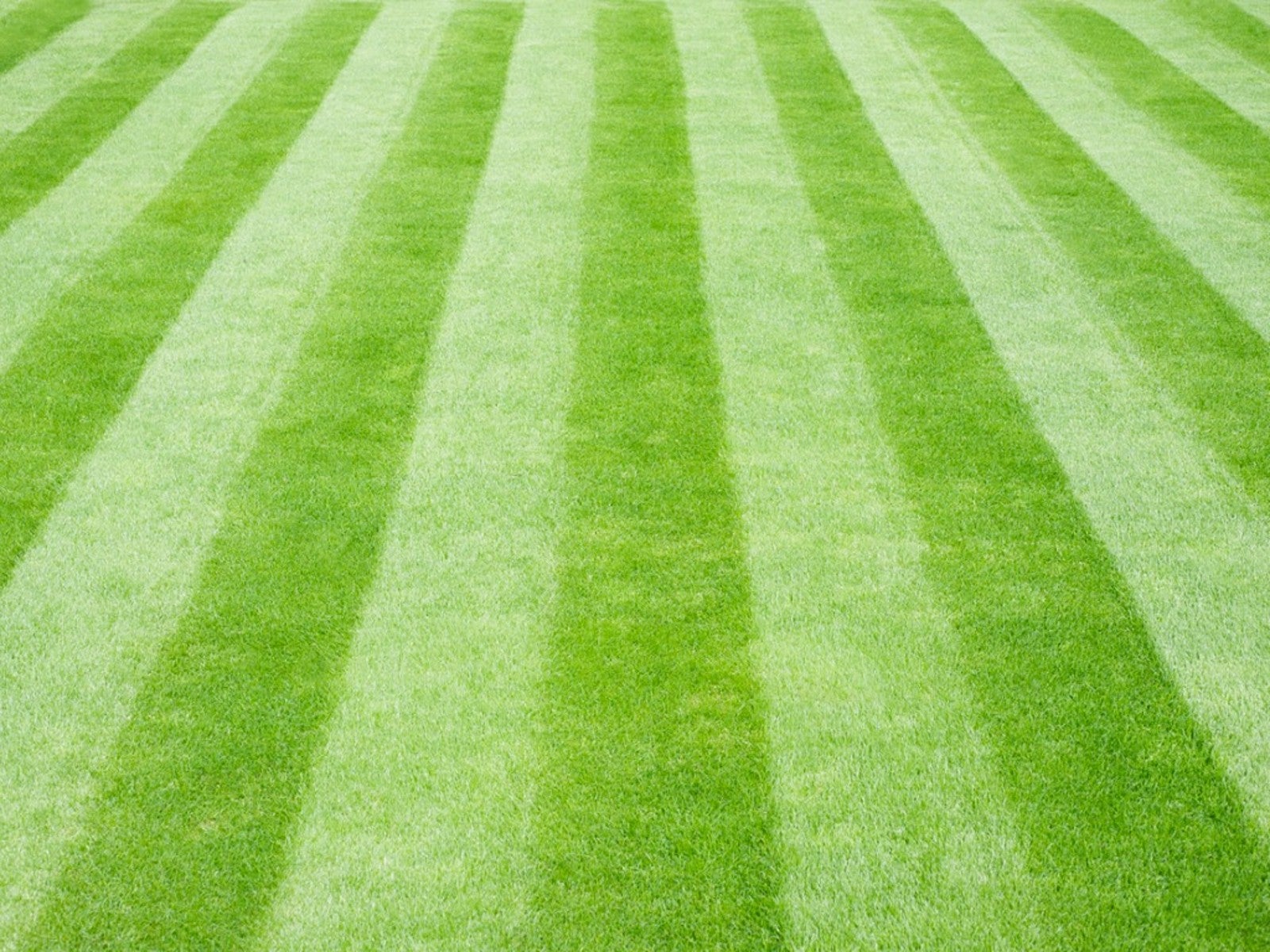 Tips For Mowing Stripes In Lawn
Tips For Mowing Stripes In LawnWouldn’t it be great to have stripes in your lawn like a sports field? Learn how here.
By Susan Albert
-
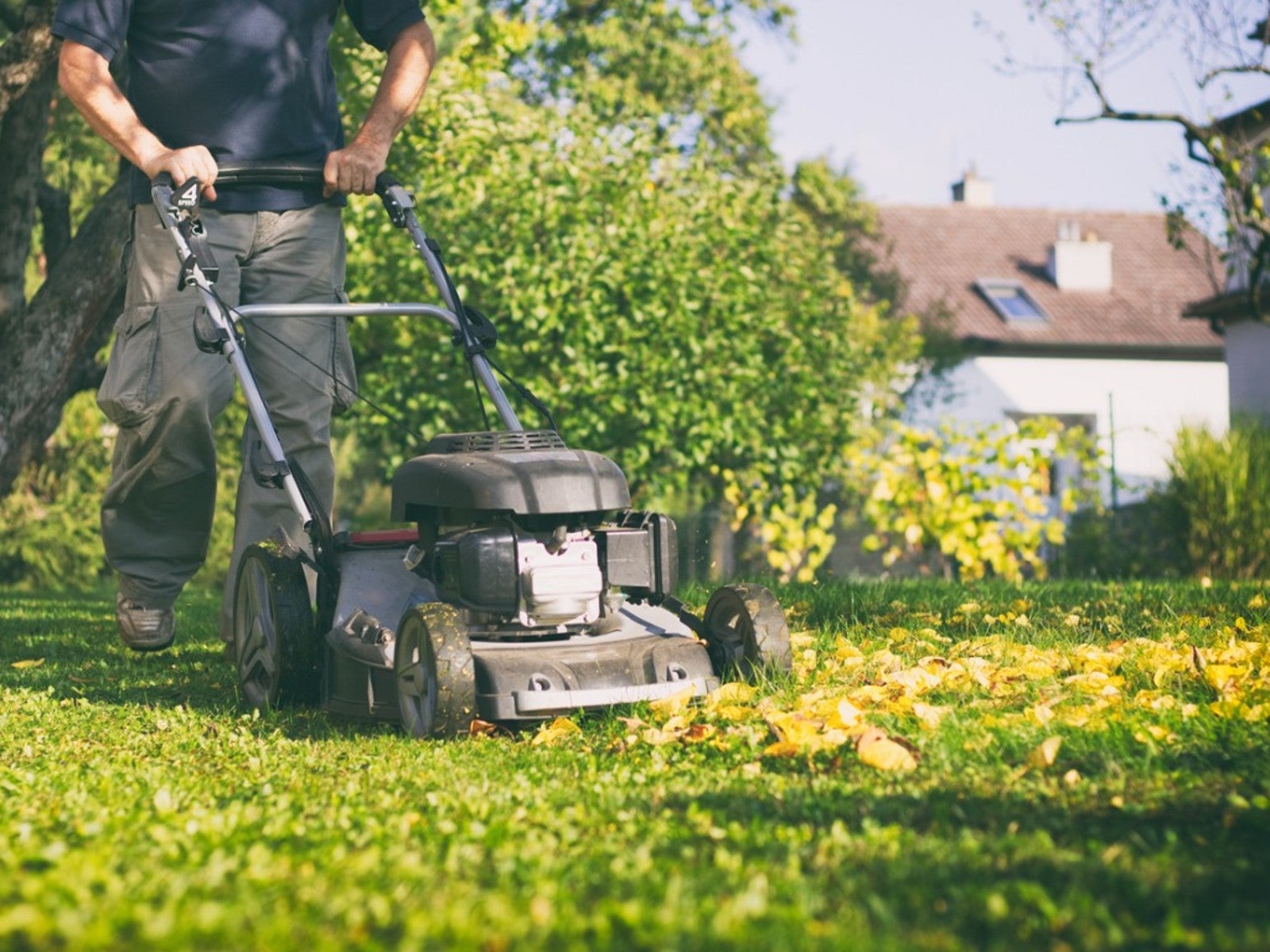 Late Summer Lawn Care Checklist
Late Summer Lawn Care ChecklistPlan to do some late summer care and maintenance of your lawn so it will be healthy and beautiful in the spring. Here are some tips.
By Laura Miller